We use necessary cookies to make our website work. We’d also like to set analytics cookies that help us make improvements to our website. For more detailed information about the cookies we use, read our Cookie Policy.
- Home
- Family Learning
- Our Guide to Getting Ready for School
Our Guide to Getting Ready for School

Tips for Parents
- Visit the school with your child, if possible, and find out as much about the school as you can
- Be positive about the teacher
- If you know, talk about what will happen at school during the day
- Talk about school with your child and discuss any worries they may have. Tell them it's fine to ask if they do not understand something
- Let your child be involved in buying the school uniform, choosing their lunch box etc
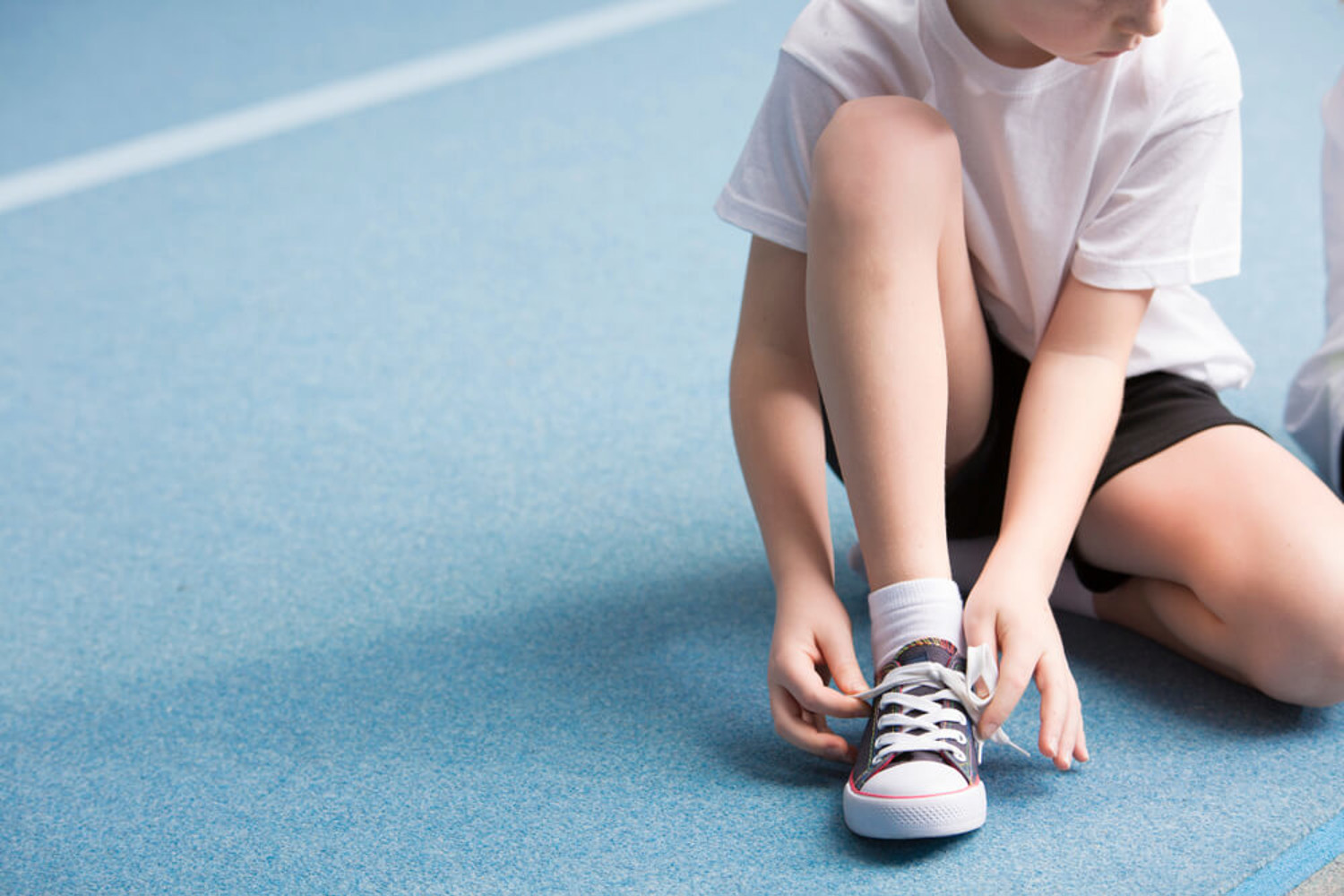
Essentials
- Practice dressing and undressing for PE and fastening shoes. Putting on a coat and doing buttons and zips
- Ensure they can use the toilet independently and efficiently
- Ensure they are able to use a knife and fork, or cope with opening their lunch box/water bottle etc
Learning through Play - Phonics and Reading
It is important for children to learn lower case letters rather than capitals at the beginning. Most early reading books and stories use lower case letters and your child will learn these first at school.
Encourage the use of a capital letter for a name.
Help your child to notice letters in the environment.
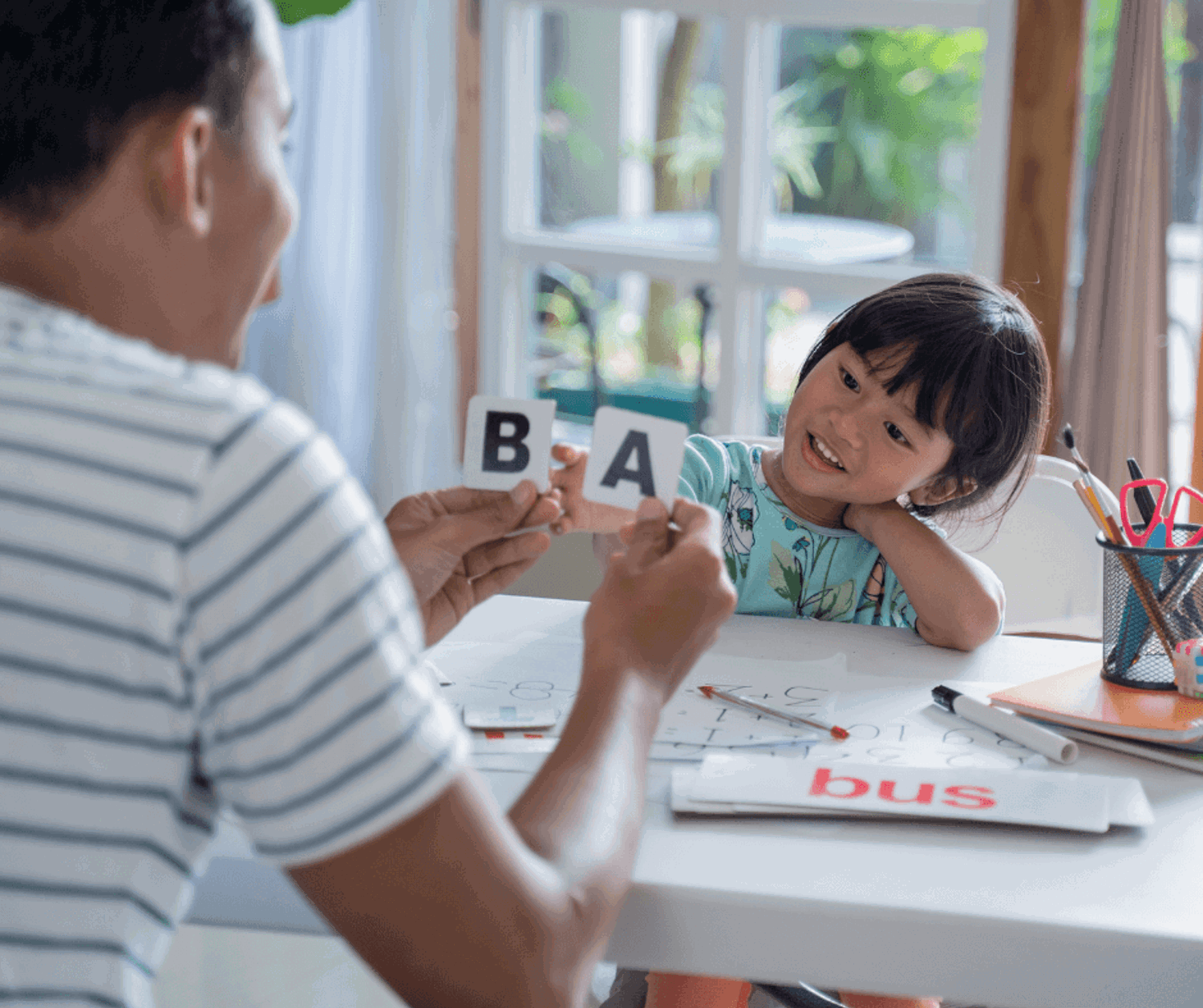
Sound Games
Odd one out
Say a number of words, all but one which has a different sound; e.g. bat, cat, rat, sat etc
I spy
For very young children, you can adapt by saying; I spy with my little eye something that barks and begins with d
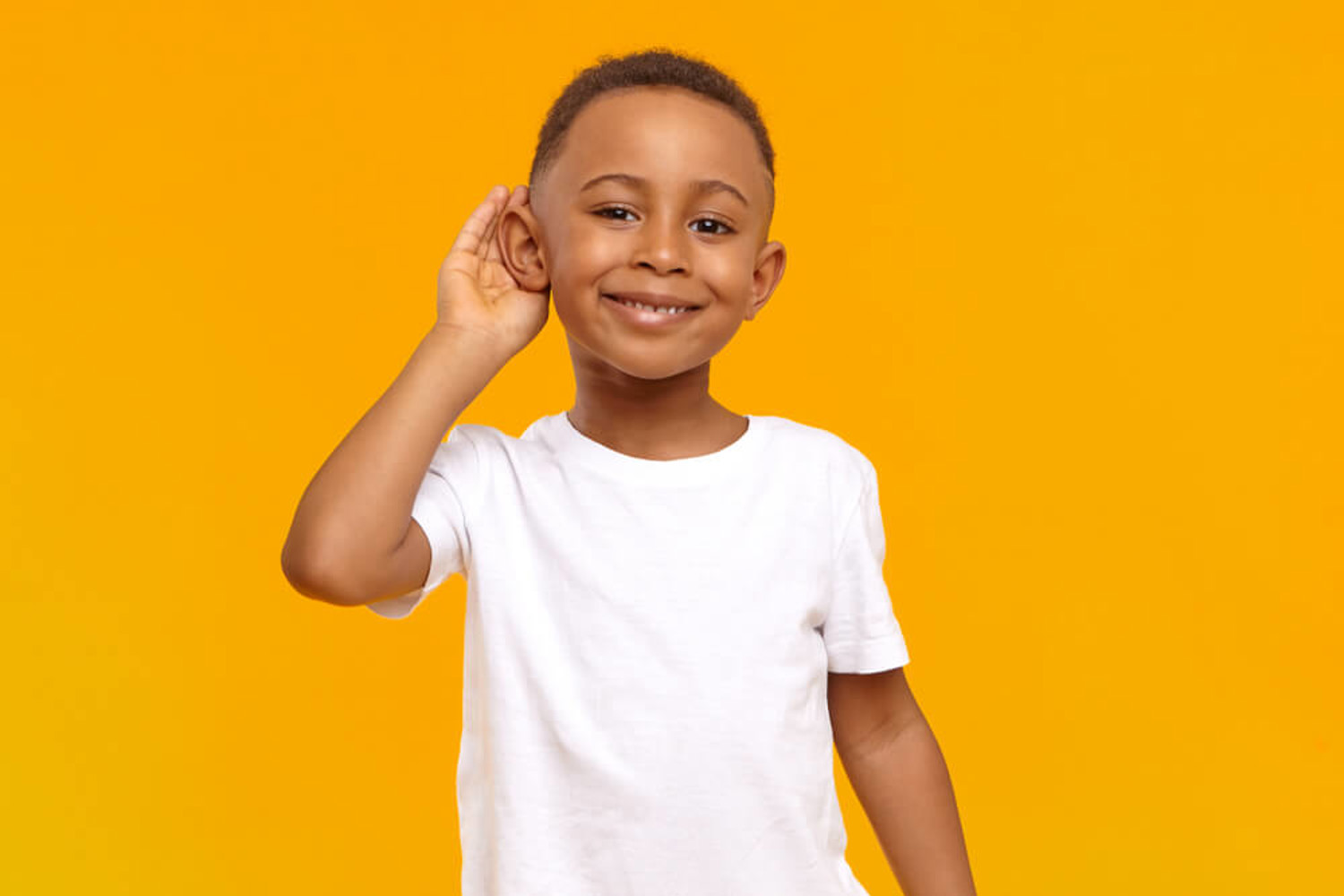
Sound objects
Collect objects that begin with the same sound. Put on a tray and ask the child to identify. Remember it is the sound you are looking for rather than the alphabet name.

Talk Together
Children love to listen to their favourite books over and over again, and to remember parts by heart. This is important as it encourages memory skills, which is key in learning to read. Let your child make up their own story from the pictures or predict which will happen next. Listen to songs and rhymes and encourage them to join in.
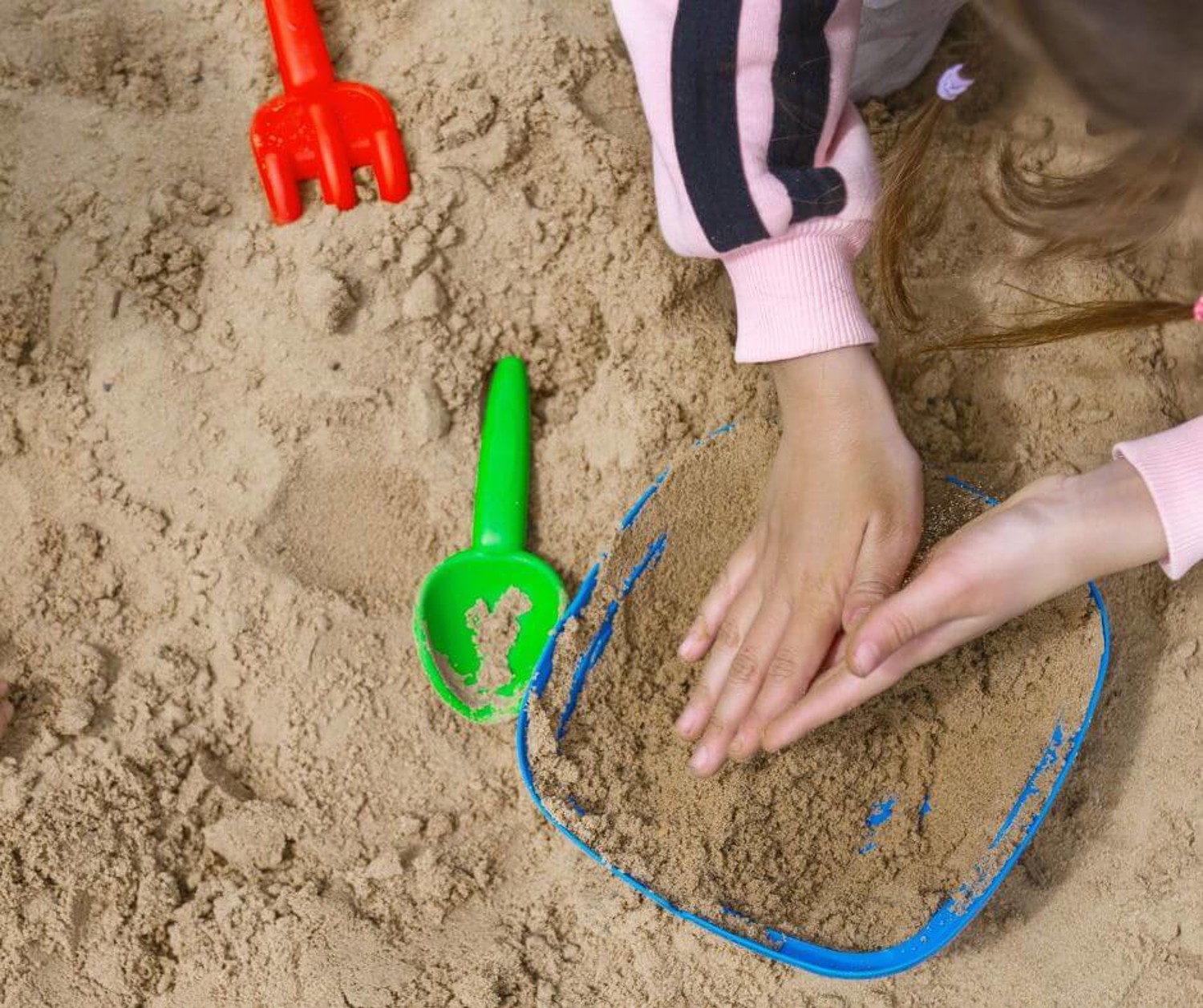
Mark Making
Let your children mark make, e.g. write their own shopping list, fingers in the sand, water and brushes, bath crayons etc. This will encourage the fine motor skills needed to eventually hold a pencil correctly.
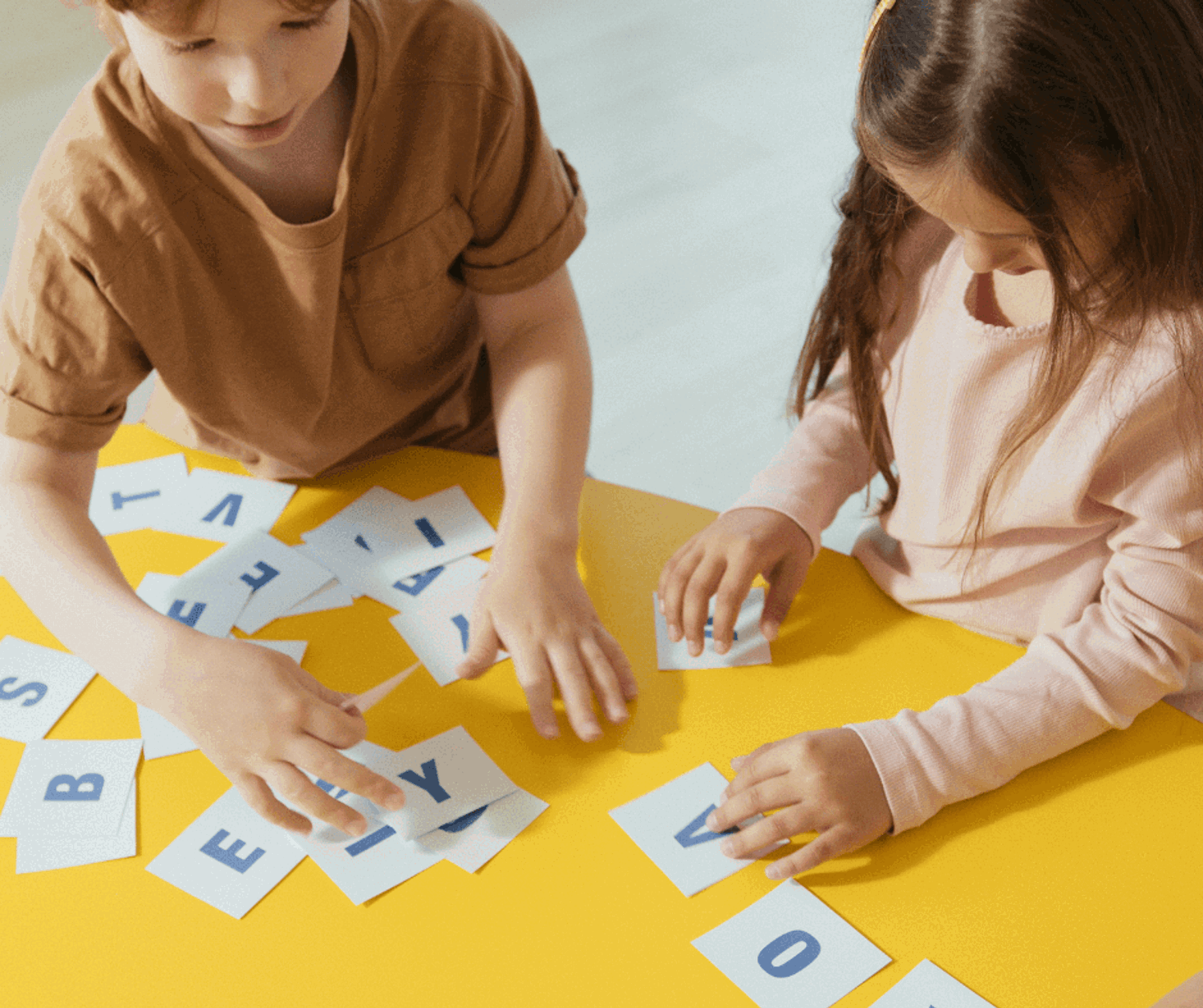
Sequencing the letters in your child's name
Providing the individual letter cards for each letter of your child's name can be a useful way to support the sequencing of letters. Show your child how to make their name first before shuffling the cards for them to try. Remember to use a capital for the first letter.
Maths
Encourage your child to form numbers in the standard way
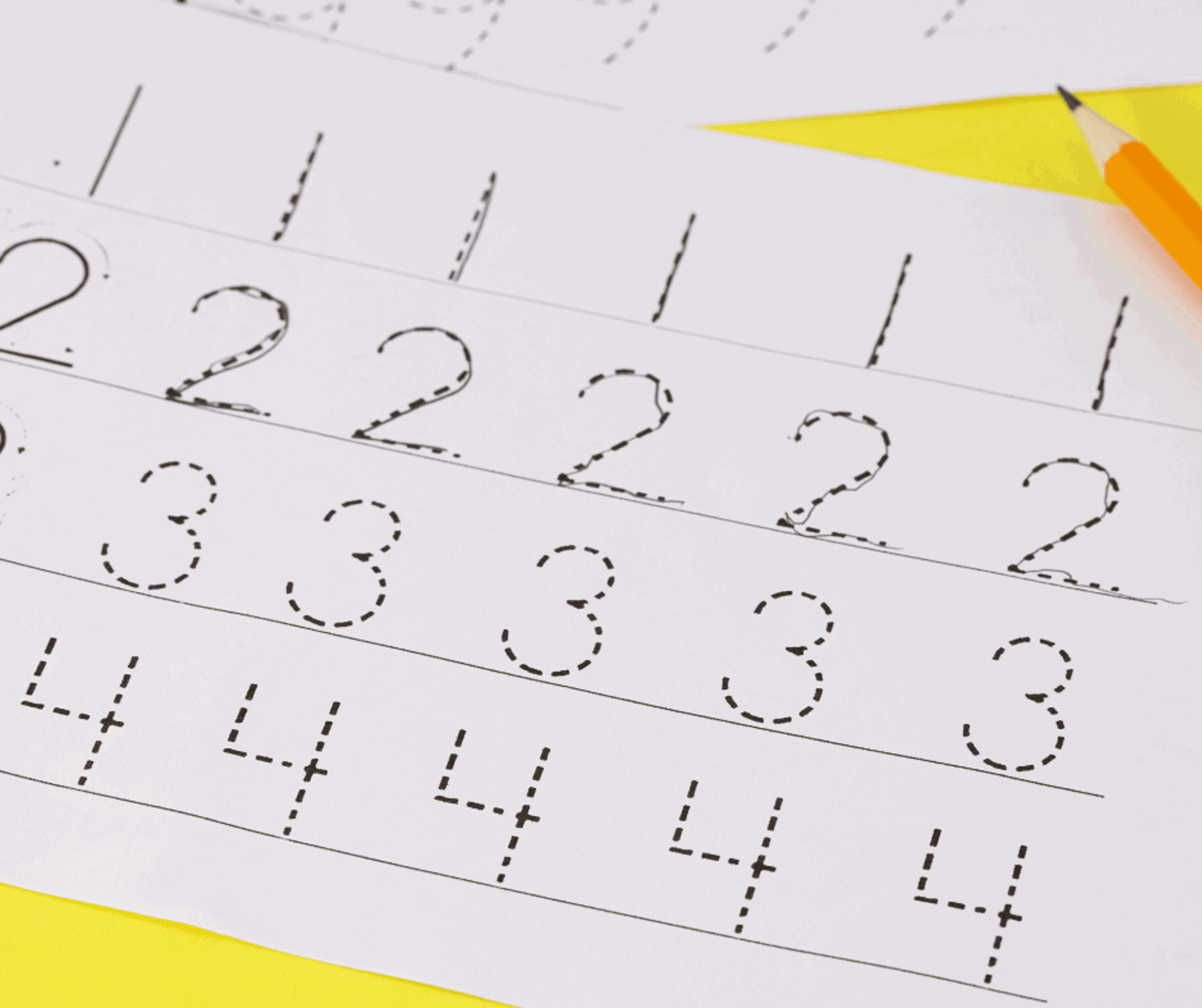
Numbers can provide a lot of entertainment for children. They will first become aware of the sounds of numbers then they begin to understand what they mean. There are four main skills that children need to develop as they count.
1. Recognition of sounds
2. The understanding of one-to-one correspondence
3. The understanding of, how many are there?
4. The number of objects is the same however they are arranged

Games to Promote Numbers
Children can learn to recognise the sound of numbers from an early age if they hear songs and rhymes and hear people counting. E.g.
- Five currant buns in the baker's shop
- Five fat sausages
- 1,2,3,4,5 once I caught a fish alive etc.
Books and stories that include numbers, colours, space and shape. This will reinforce the use of maths in everyday activities. E.g.
- Goldilocks and the three bears
- The very hungry caterpillar
- The three Billy goats gruff etc
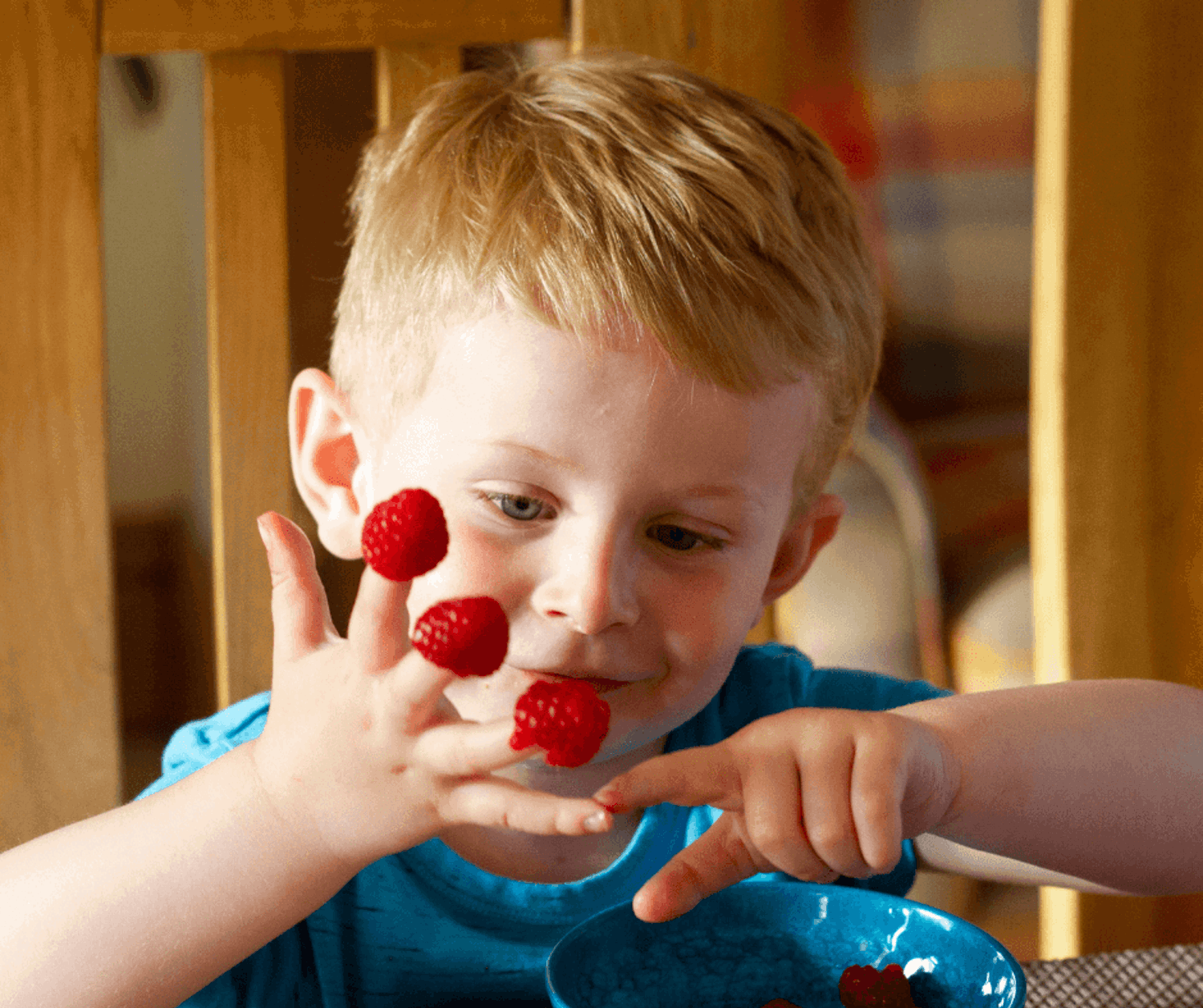
Before learning to count a child needs to understand:
One to one correspondence. Children need to know the relationship between the number 1 and one object/person/item etc. For example, building a tower of one brick and understanding it is one.
Children need to understand what is meant by how many are there? Encourage your child when counting a line of objects to touch each one. This will make sure they have the 1:1 correspondence and accuracy. Counting opportunities arise with everyday activities such as counting plates, biscuits etc. Do not progress past the number they know until they can do this successfully, then gradually add one more number.
Ordering numbers. The number of objects is the same however they are arranged. A good activity for this is a dice. It is important that a child can recognise the number of objects no matter how it is arranged. The dice is represented by different patterns on spots. Play games using the dice as a support.
A final note...
Remember that this needs to be promoted as fun. As soon as it gets a chore for the child then stop. Do not let them get frustrated. Help, love, praise and encourage continually.
E-newsletter sign up
Fill out the form below to sign up to receive our emails. You’ll get the latest news, events and new courses.
